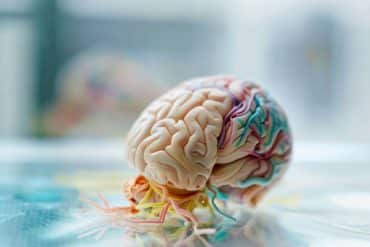Human embryonic stem cell therapy for spinal cord injuries begins
Geron Corporation is allowed to test effectiveness of human embryonic stem cell therapy.
This summer, a US based bio-technology company will proceed to test the effectiveness of human embryonic stem cell therapy on patients with spinal cord injuries. The much anticipated research project will be the world’s first study of treatments which incorporate human stem cells to treat spinal cord injuries.
The Geron Corporation has obtained permission from the federal government to begin their controversial research. Researchers plan to inject ten newly injured patients with new cells, obtained from embryonic cells, with hopes of restoring spinal function and sensation to lower limbs.
The select group of patients will have sustained significant spinal injuries, resulting in lower body paralysis, two weeks prior to the onset of treatment. They are expected to undergo one single injection of the stem cell therapy, with frequent doses of anti-rejection medications being administered for two months proceeding. The researchers will then track the recovery of each patient for a year following the initial treatment.
The injections will be administered at the point of damage within the spine and will be carried out in four to seven medical centers within the US.
The medical community is extremely excited about the outcomes of this study. Ed Baetge of Novocell Inc has said of this news “It’s a milestone and it’s a breakthrough for the field”. Baetge hopes to have his own stem cell project, which will explore new treatments for diabetes, authorized soon.
While it has long been known that stem cells could be used to treat numerous diseases and medical conditions, authorization to conduct stem cell research has been difficult to come by. As stem cells can develop into any organ or tissue structure, their use as a form of medical treatment is thought to have amazing implications for medical advances. However, stem cell research has been an extremely contentious issue, considering that harvesting the cells results in the destruction of the embryos used.
President Obama is expected to lift the funding ban on stem cell research within the coming weeks. This will be beneficial to the scientific community who wish to obtain funding for future stem cell research projects. To date, funding for Geron’s research has come from the private sector.
Contact: Victoria Driscoll
Source: Neuroscience News







